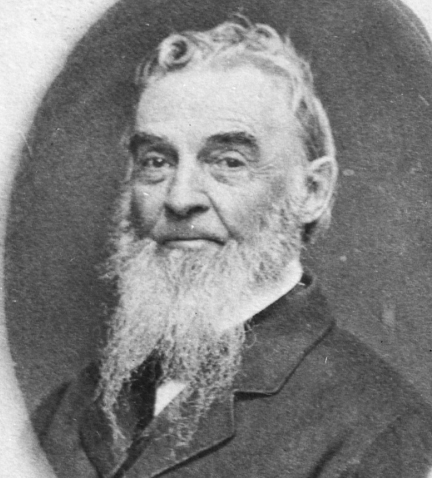Article
Battle of the Windmill
The Battle of the Windmill was one of a series of raids launched along the Canada/US border in the summer and fall of 1838 by the Hunters’ Lodges, secret societies established by Canadian rebels who had taken refuge in the northern United States after the failed rebellions of 1837. Several thousand Americans also joined these societies, whose goal was to push the United Kingdom and the United States into war so as to liberate the Canadian provinces from British tyranny. The Battle of the Windmill was fought from 12 to 16 November 1838 near Prescott, in Upper Canada, and ended in a defeat for the invaders from the US. One month later, the Battle of Windsor put an end to the American incursions and Canadian rebellions.















